No matter what industry you work in, often you come across some words or phrases that make you sweat. And you start running around to find out the meaning of these words. Honestly, such an experience is in the life of almost everyone including me.
eCommerce is one of those few examples where people face this experience frequently. Because this industry is evolving very fast. After a few months, the industry is coming up with newer tools, technologies, and advances.
As a result, more new terms and phrases are constantly getting added to this sector. If someone fails to keep track of these regular updates, he is sure to face such an awkward experience that we have described just a while ago.
This is why we are going to present to you an eCommerce business glossary with 80+ terms in this article. We guess you will enjoy your time reading these terms and phrases. So, let’s jump into it.
eCommerce Glossary- Let’s Break the Myth
eCommerce glossary refers to the list of eCommerce terms, phrases, and buzzwords commonly used in this industry. It helps the readers have a solid foundation to decode the specialized texts and contexts.
You might be wondering how to memorize so many terms at once in this little brain! Can you remember how did you start learning the native language you are speaking today?
Hopefully, you started with an elementary level. You learned the most commonly used words at the beginning. Once you got used to that language, your subconscious mind started storing more new words in your brain quite automatically.
The same formula applies to the eCommerce glossary. You don’t have to learn all the eCommerce terminologies at once.
eCommerce Glossary of Terms: 80+ Phrases You Must Know to Be Your Boss on eCommerce
In this section, we are going to cover the terms and phrases most commonly used in the eCommerce industry both in the past and present. Hope you will enjoy it.
1. A/B Testing
A/B testing is also known as split testing. It is a way of experimenting with two or more options to find out which one performs better.
In eCommerce, A/B testing helps to discover new ways to improve customers’ shopping experience, click-through rate, greater loyalty, revenue, and conversion.
There are a number of elements on which eCommerce owners usually do AB testing. The most common of them are free shipping, call-to-action button (CTA), product page, navigation menu, upselling, cross-selling, photography, and social proof.
2. Abandoned Cart Email

The Abandon cart email is a type of follow-up email. It is sent to the customers who have added products to their carts but didn’t complete the checkout. Almost 70% of online shoppers abandon their carts across all industries.
Abandon cart emails remind customers of their left items on the cart pages so they are enticed to complete the purchasing. Being able to send compelling abandon cart emails can improve your sales and revenue considerably.
To date, the average open rate of abandoned cart emails is 41.18%, click rate is 9.5%, and revenue per recipient is $5.81.
3. Address Verification Service (AVS)
Address verification service (AVS) is a fraud prevention system. It enables merchants to authenticate the ownership of credit cardholders and shipping addresses before the fulfillment process. It is done from two ends: card-issuing banks and shipping carriers.
Whenever a credit cardholder places an order online, eCommerce websites verify if the card information really matches with the issuing bank or not. Afterward, it checks if the billing address is registered with major shipping companies.
If there is any inconsistency, eCommerce owners may call/SMS their customers for further verification. Otherwise, they halt the order processing.
4. Affiliate Marketing
Affiliate marketing is the practice in which a business organization rewards third-party marketers for generating sales and traffic over their products and services. Today, this is a billion-dollar industry and third-party marketers are defined as affiliates.
More simply, when an external website directs traffic to your website and makes them buy your products, they receive a commission. This is how affiliate marketing works.
5. Application Programming Interface (API)

An Application Programming Interface or API refers to a set of protocols that make an interaction between two software applications to exchange data. It helps the developers to transfer information from one software to another to use them in one single interface.
Also, it helps the website owners to add payment gateways, SMTP services, instant chat options, and address verification services to their eCommerce sites quite easily.
6. Average Order Volume (AOV)
The average order volume traces the average amount of money buyers spend on each of their purchases. It is calculated by dividing the total revenue earned by the total number of sales made in a particular period.
AOV is an important metric in the eCommerce industry. You can use it to evaluate the buying behavior of customers during different events, seasons, and festivals. Accordingly, you can organize your sales and promotional planning.
7. Average Selling Price (ASP)
The average selling price is the price that customers usually pay for a product or service in different marketplaces. It works as a benchmark for manufacturers, wholesalers, and retailers to set pricing for their products.
Also, they can understand what should be the maximum production and sourcing cost to ensure bottom-line profitability.
8. Average Time On-Site
Average time on site is the average calculable time visitors spend on a website while browsing the internet. You can get the report from web analytics measured in minutes or seconds.
Sometimes reports from web analytics can be misleading. Because it cannot show you the actual reading time of visitors on your web pages. However, it is still one of the most effective metrics to evaluate your SEO performance and lead quality.
9. Billing Address

Billing address refers to the street address that you include in the application form while adopting debit, credit, or other payment options from an organization. More simply, it is the address where you receive your financial statements. In eCommerce websites, billing addresses are mostly used for address verification to prevent fraudsters.
10. Bottom of the Funnel
The bottom of the funnel is the final stage of the buying journey of customers where a buyer decides whether to purchase a product or not. Once someone reaches this stage, you have potential opportunities to make him a paying customer. Marketers and businesses spend a good sum of money to get their customers button of the funnel.
11. Bounce Rate
Bounce rate is the percentage of visitors leaving a website without triggering any second action, meaning visiting a second page, making a purchase, filling a form, etc. Google divides the number of single-page sessions by the total number of sessions on the site to calculate the bounce rate.
The average bounce rate across all eCommerce industries is 47%. The high bounce rate signals Google that your website is failing to meet the user intent rightfully. Ultimately, it can affect your ranking factor and SEO score.
12. Buy to Detail Rate
Buy to detail rate is the percentage of visitors who bought products from a website after visiting those product pages. This metric helps to evaluate the success rate of a product page in converting potential leads into customers.
It is calculated by dividing the total purchase of a product by the number of times it has been viewed. Using this metric, you can quickly filter out which of your product pages are doing well and which to reform.
13. Buyers Persona
A buyer persona is a research-based profile of an individual who represents your target audience. This is a semi-fictional character that describes the behavioral patterns, motives, and preferences that you need to develop your marketing strategies.
Most businesses usually maintain 3-5 buyer personas to have alternative planning. The more perfect you are at creating buyer personalities, the better you will be able to spot the user’s intentions.
14. Call to Action (CTA)

A call to action is a power text or action statement that triggers users to complete some specific actions right away. Call to Actions are used as buttons and links in Check Out pages, Email Copies, and Promotional Ads.
The most commonly used CTA texts are Get It Now, Subscribe Us, Sign Up, Add to Cart, etc. Email copies with a CTA button can increase your sales by more than 300%.
15. Cart Abandonment Rate
Cart Abandonment Rate is the percentage of people leaving an eCommerce site without purchasing any product right after adding them to the cart page.
There are a number of reasons behind the cart abandonment rate. For example, excessive shipping costs, complicated checkout process, limited payment options, etc.
16. Customer Acquisition Cost (CAC)
Customer Acquisition Cost is the sum of money an organization spends to grab a new customer. This metric is quite important to evaluate the customer acquisition strategy and it should be modified over time.
It also helps an organization estimate how much money to invest in marketing to scale up a business.
17. Churn Rate
Churn rate is the percentage of online users who don’t renew their subscription plan in a given period of time. The higher churn rate indicates there is something wrong with the customer acquisition strategy.
18. Click-Through-Rate (CTR)
The click-through rate is the percentage of clicks your Ad receives against the number of times your audiences see it. Each time an audience sees your Ad, it is counted as an impression.
Suppose your Ad has received 10 clicks against 100 impressions. So, your click-through rate will be 10%.
19. Content Management System (CMS)

A Content management system (CMS) is a software or application that allows users to build, manage, and optimize a website without having to code it. Not only does it allow multiple users to access a website but also lets them create and publish new content from it.
Some most popular Content management systems of this time are WordPress, Joomla, Drupal, Magento, PrestaShop, and Contentful.
20. Content Marketing
Content marketing is a way of promoting a brand and its products through the creation of online materials. Such as blogs, videos, social media posts, and guest posting.
It doesn’t focus on promoting a brand through paid mediums. Rather, it creates traffic, impressions, and conversions quite organically.
21. Conversion Funnel
The conversion funnel visualizes the stages of the buying journey of a customer that starts with brand awareness and ends with purchasing a product. It helps the marketing team to identify the areas requiring improvement and create engagement at each level.
22. Conversion Rate
Conversion rate is the percentage of conversion received from a campaign or through the implementation of an idea. Not necessarily the conversion rate is always linked to sales. It could be many things. Such as click rate, email open rate, subscription rate, purchase rate, etc.
23. Conversion Rate Optimization (CRO)
Conversion rate optimization is the method of increasing the number of online users who are ready to take your desired action. For example, subscribe to your services, buy a product, fill out a form, share a link, etc.
24. Customer Relationship Management (CRM)
Customer Relationship Management is the process of studying, acquiring, developing, and retaining customers for a long time. It helps an organization to improve the loyal customer base, reduce customer retention costs, save time, and improve revenue flow.
25. Cross-Selling
Cross-selling is the way of selling different relevant products and services to existing customers. For example, if go for buying a digital camera, you will see multiple other items such as camera bags, memory cards, tripods, spare batteries, etc. anywhere on that same product page.
Thus, eCommerce websites encourage customers to buy more and more products. Not only does it boost revenue, but also it creates engagement, satisfaction, and a solid customer base.
26. Customer Experience
Customer experience refers to the experience they expected before, what they really got and their impressions afterward. This is also defined as the means by which an organization communicates with its customers throughout their buying journey.
Positive customer experiences boost brand loyalty, goodwill, word-of-mouth marketing, and recurring selling.
27. Customer Lifetime Value (CLV)
Customer Lifetime Value indicates the total amount of money an organization is likely to earn from a customer throughout his lifetime. The lower the customer lifetime value, the more the customer acquisition costs.
28. Product Return
The product return means customers are sending their product back to the retailers or wholesalers from where they purchased it. Excessive product return indicates your items are lacking quality issues, are over-marketized, or are below user experience.
29. Discount Code (Coupon or Promo Code)

Discount Codes are personalized or publicly released codes that reduce the final pricing of an order. It is beneficial both for buyers and sellers. Because it allows customers to get products at reduced prices and generates revenue for sellers.
30. Domain
A domain is the name of a website. Having a domain registration is the very first step of creating a website. Without a domain address, this is quite impossible to prove your existence online.
The most popular domain registers are GoDaddy, Bluehost, HostGator, Namecheap, DreamHost, etc.
31. Dropshipping

Dropshipping is an eCommerce model where online retailers neither store products nor complete the fulfillment process. When customers place an order, retailers pass it to the third-party suppliers who then complete the fulfillment process.
Suppose, you are selling a product from your website for $15. When someone places an order, you immediately pass it to a third-party supplier. Obviously, you’ll look for those suppliers who can deliver this product to the customer at a comparatively low price.
It might be from $12 to $13. And the difference between these two prices is the profit of retailers. There are many third-party suppliers in the world offering this dropshipping service. For example Sellvia, Aliexpress, Salehoo, Oberlo, Doba, etc.
32. eCommerce SEO
eCommerce SEO is the process of increasing the visibility of your online stores on search engine results pages. The two most commonly used techniques are optimizing the product pages with relevant keywords and getting quality backlinks.
33. Email Marketing
Email marketing is the way of sending commercial messages to subscribed audiences through email. It usually includes advertisements, discount coupons, solicits selling, asking for donations, review requests, etc.
34. Engagement Rate
Engagement rate is the percentage of online users who like, comment, share, or react to your content after seeing it. Not necessarily the engagement rate is always important to generate sales. It helps to uplift the brand value as well.
35. Evergreen Content
Evergreen content refers to the content (text, videos, GIFs, images, music) that remains relevant to the readers over time. Evergreen content is highly valuable for search engine optimization. Content strategists require an in-depth study on user intents to produce evergreen content.
36. Forward Pick Location
Forward pick locations are the small distribution units created in warehouses to enable multiple customers to pick up their products at a time. This is a quick distribution or pick-up solution in the eCommerce product delivery system.
37. Fulfillment
In eCommerce, fulfillment is the process of picking, packing, and shipping a product to the customers right after someone orders it online. This is quite an important part of the eCommerce management system. Because error in the fulfillment process is the key reason for maximum product returns.
38. Payment Gateway

The payment gateway facilitates transactions between buyers and sellers online. It allows eCommerce merchants or websites to receive payment when someone wants to buy a product using electronic cards like your debit or credit card.
39. Google Analytics
Google Analytics lets you measure the performance of your website through different metrics. Such as traffic rate, traffic source, bounce rate, users’ session, maximum traffic on which pages, etc. This is the most effective tool to measure web performance and Return on Investment.
40. Google Trends
Google trends is another web product from Google that measures the search frequency of a product item based on location and time frame. This is a great tool to compare the search volume between multiple products to find out the most demanded one.
41. Impression
Impression means the number of times an online post has been viewed by audiences. It is mostly used in measuring the effectiveness of Ad campaigns and engagement rates.
42. Inbound Marketing
Inbound marketing is the method of acquiring new audiences and sustaining long-term relationships by sharing valuable content. This marketing helps an organization receive organic leads and traffic through SEO, social media, blog posts, and word of mouth.
43. Intelligent Product Recommendation
Intelligent product recommendation analyzes the search intent, buying behavior, and online activity of the customers to suggest potential product items that they might be looking for. For example, YouTube recommends new videos according to your search intents.
44. Key Performance Indicator (KPI)
Key performance indicators are the quantifiable and measurable metrics by which eCommerce organizations evaluate their progress in terms of sales, marketing, engagement, conversion, and other factors.
45. Keyword Stuffing
Keyword stuffing is the practice of piling up keywords in web pages in large numbers to artificially rank them in search engine result pages. Today, this approach isn’t effective anymore. Google gives Panda Penalty to those websites that do keyword stuffing.
46. Lead Nurturing
Leading nurturing is the practice of maintaining friendly relationships with audiences at every level of the sales funnel. This gradually increases the propensity of turning a lead into a buyer. Without lead nurturing, it is impossible to generate new customers.
47. Logistics
Logistics refers to the ultimate process of acquiring resources, storing, and transporting them to the final destination. An efficient logistics management simplifies the product delivery process to customers.
48. Marketing Automation
Marketing Automation is the technology by which eCommerce organizations can run multifunctional marketing campaigns simultaneously, track customer engagement, and deliver personalized experiences to the customers.
49. mCommerce

mCommerce stands for mobile commerce where trading is done by hand-held wireless devices, such as smartphones and tablets. mCommerce is expected to grow by 24.5% by 2026.
50. Merchant Account
Merchant Account is a bank account that is specifically used for business transactions. In eCommerce, merchant accounts are used only for the transactions happening online. For example, Square, Stripe, 2Checkout, etc.
51. Meta Description
A meta description is an HTML element that covers a short description of any blog, article, or web page in limited possible characters. Usually, meta description allows up to 160 characters to complete the summary. It is shown in Search Engine Result Pages as a search snippet.
52. Minimum Order Value (MOV)
The minimum order value refers to the least amount of money a customer has to spend on eCommerce sites if he wants to receive any specific offer. For example, free shipping, coupon, free product item, etc.
53. Mobile Optimization
Mobile optimization is the process of making a website easily accessible from mobile devices. More than 54% of web traffic globally is generated from mobile devices today. So, without this feature, you cannot ensure a better experience for your audiences.
54. Net Promoter Score (NPS)
The net promoter score is a research metric that measures the satisfaction and loyalty level of customers toward an organization. It forwards the set of survey questions to market audiences and asks them to put their feedback according to perceived experiences.
55. Niche
A niche refers to the subset or a small segment of a larger market with its unique values, needs, preferences, and identity. The niche concept is mostly used in eCommerce, digital marketing, online marketplaces, and so others related to the internet.
56. No-Follow Link
The no-follow link is a type of backlink that doesn’t pass any web authority to the website it is linked to. It signals Google and other search engines not to consider this website for rank juice.
57. Off-Page Optimization
Off-page optimization refers to the tactics taken outside of a website to improve domain authority and web ranking in search engine result pages. Having quality backlinks and doing content marketing are some common examples of off-page optimization.
58. Omni-Channel Marketing
Omni-channel marketing is the process of promoting a business through all possible channels, devices, and platforms available. It helps an organization to reach out to its maximum number of target audiences.
59. On-Page Optimization
On-page optimization is the practice of optimizing each web page for specific keywords to organically improve its visibility in search engine result pages. It helps a website to receive the most relevant traffic and potential leads without running paid ads.
60. Online Marketplace
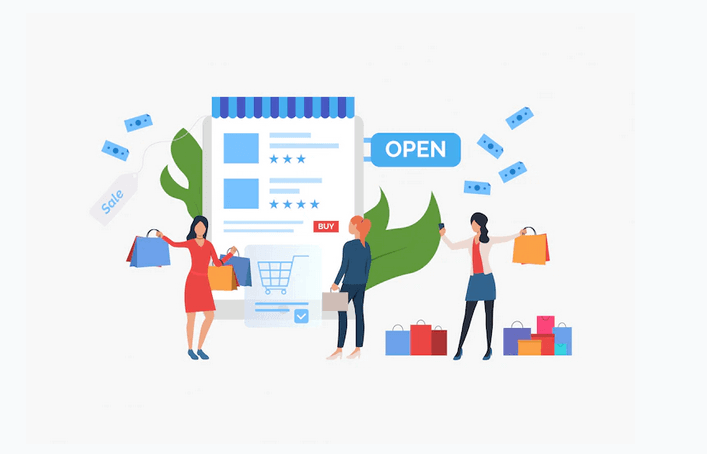
The online marketplace is an eCommerce platform that allows multiple vendors to sell products to customers using the same platform. For example, Amazon, eBay, Walmart, Aliexpress, etc.
61. Organic Traffic
Organic traffic is the traffic that comes to a website directly from the search engine result pages. The better you do on-page optimization, the more organic traffic your website will receive from search engines.
62. Page Rank (PR)
Page rank is a Google algorithm that evaluates the importance of a web page by search intent and ranks it accordingly on search engine result pages. The term ‘Page Rank’ has been named after the term ‘web page’ and Google’s co-founder Larry Page.
63. Paid Traffic
Paid traffic is generated from paid campaigns, promotions, and advertisements. When someone clicks on your ad and is redirected to your website, it is counted as paid traffic. You can place your ad on Google, social media, app, and wherever it is possible.
64. Partial Shipment

Partial shipment takes more than the shipping and delivery process to complete on a single order. It means all the goods aren’t delivered at once. It usually happens when someone intends to import or export a large volume of products.
65. Pay-Per-Click (PPC)
Pay per click is a type of paid marketing in which advertisers have to pay a fee each time a visitor clicks on your ad. PPC costing is primarily based on keyword factors, such as search volume, competition, and difficulty level.
66. Point-of-Sale (POS)
Point-of-sale means the point or place where customers complete their payment and make sure they are purchasing their desired products. Today you will find countless POS machines in the market where you can punch your debit and credit card to complete transactions.
67. Private Label
The private label refers to the business idea where products are manufactured by a company to be sold under a different company’s brands. This idea is mostly used in the B2B model.
Retailers and wholesalers source products from a third-party manufacturer. Then, sell them using their own brand name, color, texts, packaging, and logos.
68. Purchase Order (PO)
A purchase order is a legal commercial document buyers issue as part of a commitment to pay the sellers in the future for specific products and services. This allows buyers to order products without immediate payment.
Again sellers can safely sell goods on credit as buyers are obliged to clear payment right after goods are delivered.
69. Qualified Lead
Qualified leads are those who could become potential customers for an organization in the future. Being able to spot qualified leads can remarkably improve ROI and reduce costs in marketing.
Interest level, engagement rate, need level, affordability, etc. are some common criteria business organizations use to mark out this group of people.
70. Recommended Retail Price (RRP)
Recommended retail price is the price suggested by manufacturers at which retailers are asked to sell products. This is necessary to maintain fair pricing in different sales points and store locations throughout the country.
71. Recurring Payment
The recurring payment system authorizes sellers and merchants to automatically charge their customers as per schedule for products and services delivered. There are two types of this payment system: fixed and variable.
In fixed payment, customers are charged the same amount in each interval (i.e. monthly magazine fee, house rent, gym fee). But variable payment system charges customers based on their consumption level. For example, mobile bills, electricity fees, internet bills, etc.
72. Redirect
Redirect sends both individual users and search engines to a different URL rather than the one they have requested for. Web pages are redirected for several reasons: to change domain address, to specify Canonical URLs, to draw up correct pages, etc.
73. Return on Investment (ROI)
Return on investment is the metric used to assess the profitability of an investment. It is a ratio that measures how much money can be generated per dollar invested. And the difference between these two amounts is counted as net profit or a net loss.
74. Search Engine Optimization (SEO)

SEO is the process of improving the visibility of a website on search engine results pages through quality posts and content. It brings organic traffic to a website who have a high propensity to be qualified leads for the website.
75. Service Level Agreement (SLA)
The service level agreement is a contractual commitment that defines the level of services a vendor or service provider is bound to provide the customers. This agreement specifies three things of services: quality, availability, and responsibility.
If the service provider fails to comply with the contract, he will be fined according to the agreement.
76. Shopping Cart
The shopping cart is a mandatory part of any eCommerce page that records the items a visitor or customer has ‘picked up’ or ‘saved’ to check out at a convenient time. This is usually identified or marked as a cart, trolley, or buggy icon on eCommerce websites.
77. Stock Keeping Unit (SKU)
Stock keeping unit is a unique number or machine-readable barcode usually printed on the product level. Supershop and retail stores use this code to track the movement of their inventories and check if there is any shoplifting.
78. Social Proof
In eCommerce, social proof refers to ratings, reviews, and recommendations buyers give right after purchasing and using products from an online shop. Today, 97% of buyers love to read reviews before buying any product.
79. Software as a Service (SaaS)
Software as a service is a software licensing and distribution model in which software is centrally hosted by a cloud service provider. Then it is made available to the end-users over the internet based on their subscription plans.
80. Traffic
Traffic means the visitors coming to a website organically or through paid promotion. This is an important metric used to evaluate the SEO performance of a website.
81. Unique Selling Proposition (USP)
The unique selling proposition means the competitive advantages an organization enjoys via its product, service, or brand name that enables it to stand out from its competitors. It specifies the benefits customers won’t find available among the market competitors.
82. Upselling
Upselling is a powerful sales tactic that persuades customers to buy a more expensive, upgraded, or premium version of the product that they are already using. It enables an organization to drive up profitability and attract more premium customers.
83. X-Channel Management
X-Channel management includes effective marketing and sales strategies aiming to scale up customer engagement as much as possible. It may be through SEO, paid advertisements, social media marketing, follow-up emailing, and else.
84. XML Sitemap
The XML sitemap is a file that makes a list of your most important pages and URLs. It helps Google understand your site structure, crawl web pages, and show them on search engine result pages. This is an important part of technical SEO.
Wrapping up the eCommerce Glossary of Terms
Hopefully, this glossary covers almost all the important eCommerce terms and phrases. We will keep updating this article whenever we come across a new terminology being used in this industry.
If you find we are missing out on any crucial point in this list, please let us know in the comment section. We will include it in this article in our update.
Subscribe to us and follow our Facebook and Twitter pages for regular updates.

Subscribe to
Dokan blog

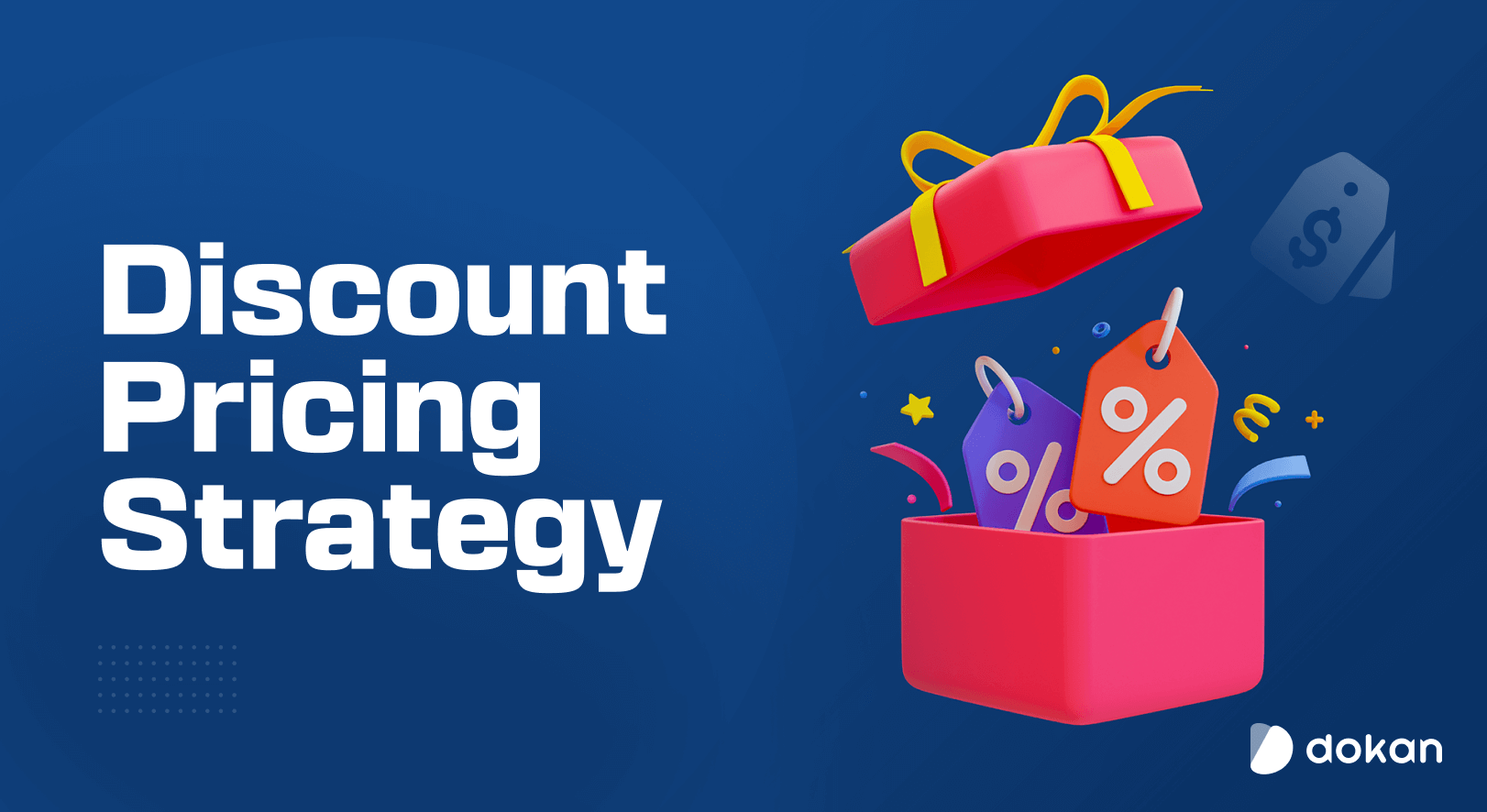
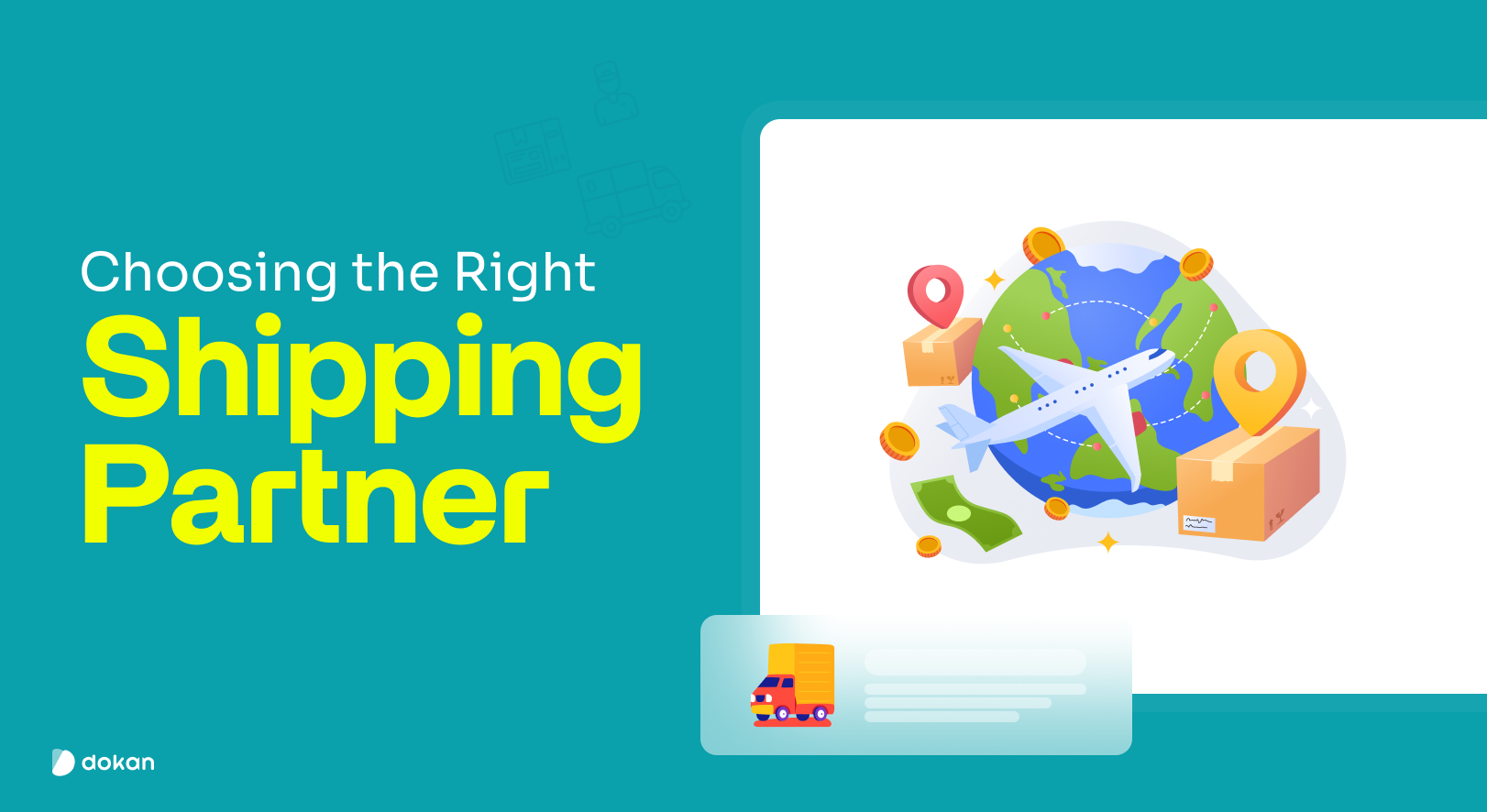
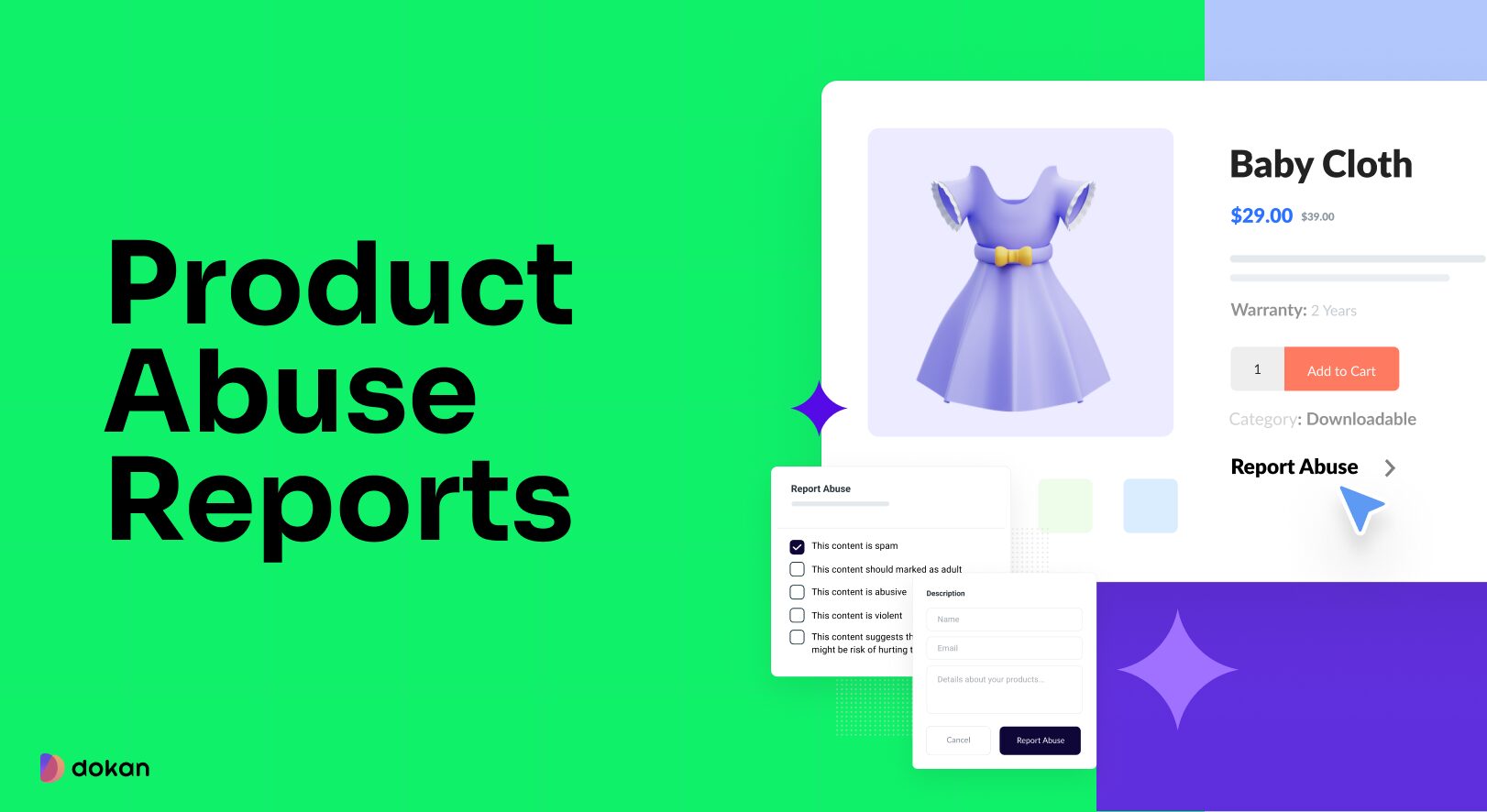
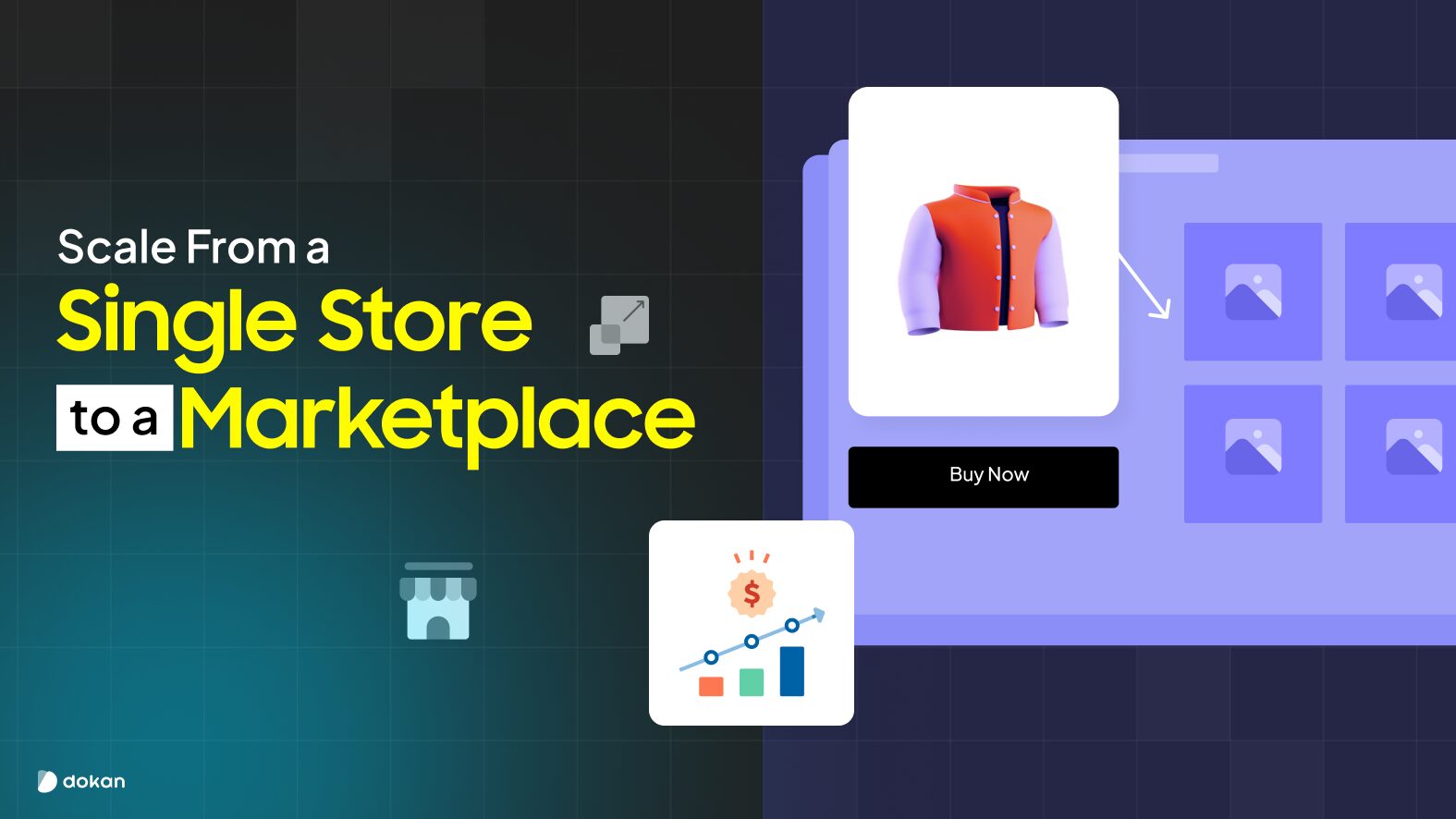

Leave a Reply